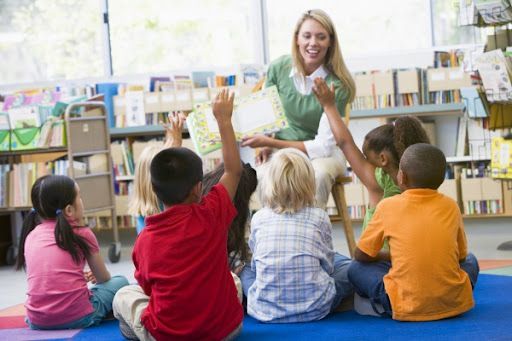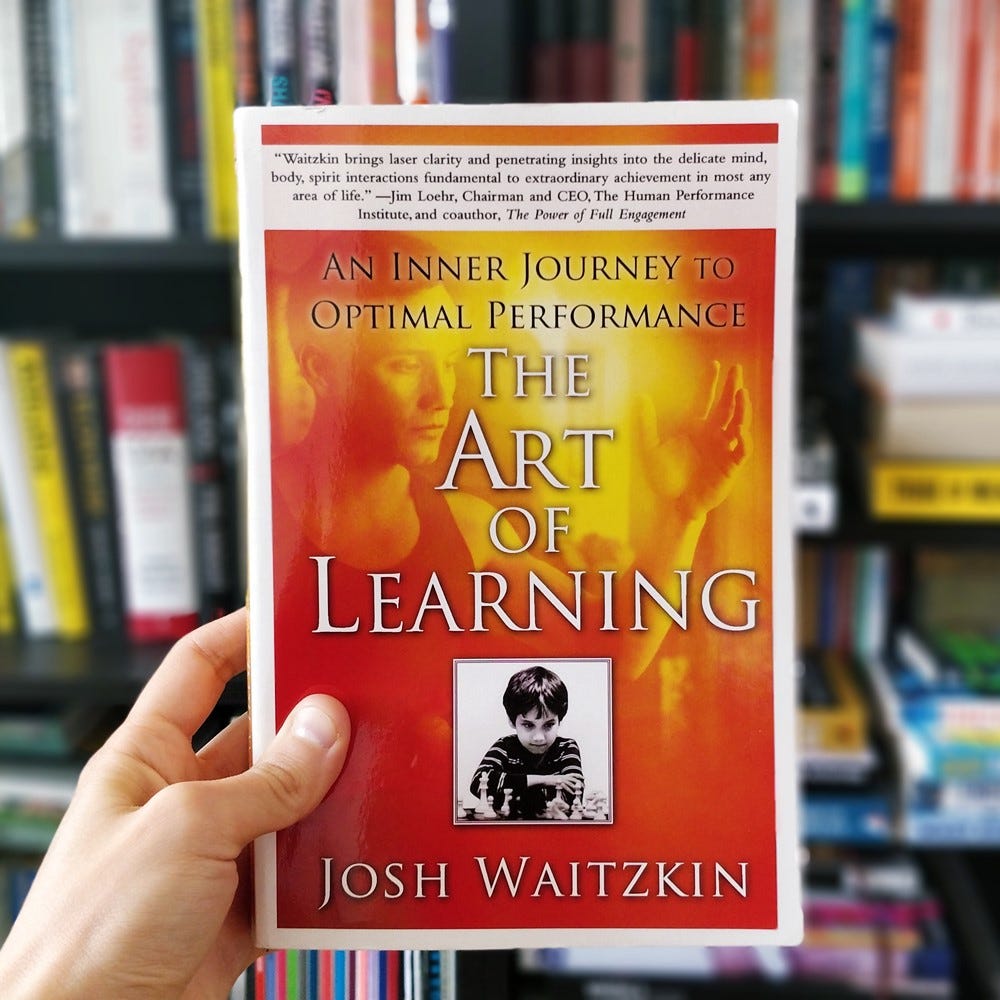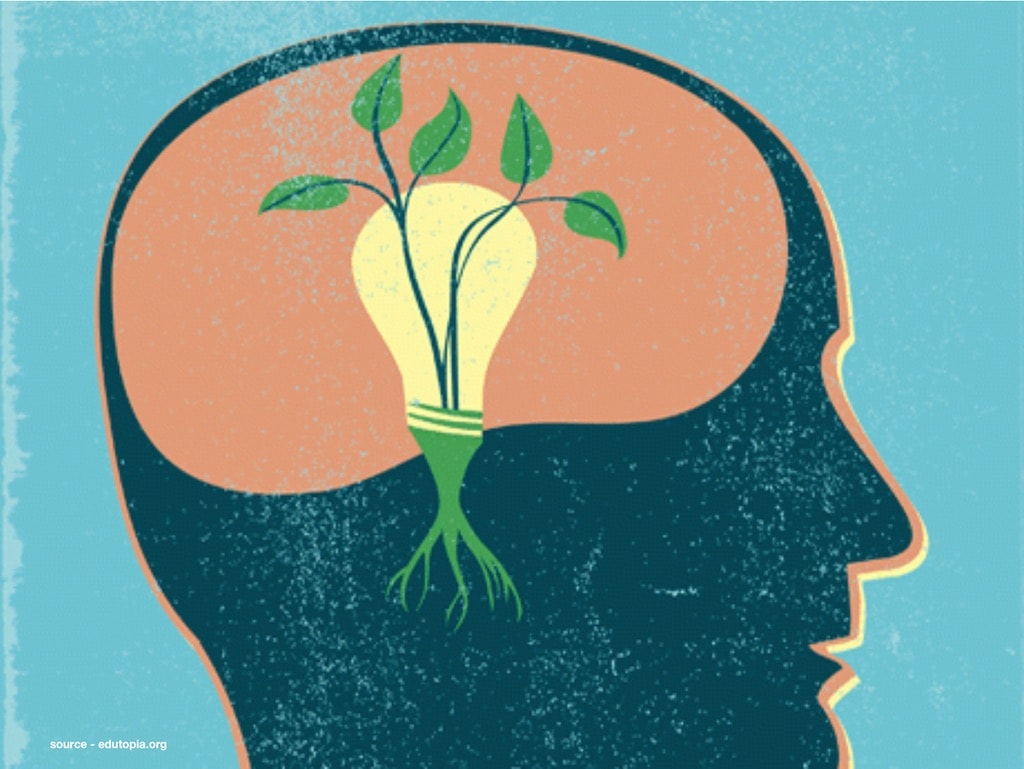Introduction:
In today’s fast-paced, technology-driven world, educators and school administrators are faced with the challenge of meeting the needs of increasingly diverse student populations. With remote learning becoming more prominent, it is essential to have the right tools to ensure accurate assessment and progress monitoring. The recently released guide for supporting remote assessments on i-Ready is here to save the day!
What is i-Ready?
i-Ready is an innovative online program that provides a comprehensive diagnostic tool and instructional platform for students in K-12 education. It offers adaptive learning experiences to address gaps in student knowledge through engaging lessons that can be accessed both in school and remotely.
The New Guide for Remote Assessments:
This new guide has been carefully crafted to help educators navigate the world of remote assessments on i-Ready. It includes step-by-step instructions on setting up assessments and valuable tips for success. Some key features of this guide include:
1. Clear objectives: The guide outlines specific goals for successful implementation of remote assessments, making it easy for educators to understand the expectations.
2. Step-by-step instructions: Detailed instructions walk users through each stage of setting up and administering remote assessments, ensuring accuracy and ease.
3. Troubleshooting tips: As with any technology, there may be unexpected challenges. This guide provides simple solutions to common issues that may arise during the assessment process.
4. Best practices: Learn from experienced educators who have successfully implemented remote i-Ready assessments with their students.
5. Strategies for student engagement: The guide provides creative strategies for maintaining student engagement during remote assessment sessions, leading to better results.
6. Resources: Access additional support materials like videos, webinars, and more, all designed to help educators succeed with remote assessments on i-Ready.
The Importance of Accurate Assessment:
Monitoring student progress and adjusting instruction based on individual needs is paramount to success in education. The new guide to support remote assessments on i-Ready empowers educators to accurately evaluate their students’ progress from afar, ensuring that learning gaps are identified and addressed, no matter the distance.
i-Ready provides adaptive, engaging online instruction that caters to each student’s unique needs. By embracing this new guide and utilizing i-Ready’s remote assessment tools, teachers can provide targeted support to their students, even when they are not physically present in the classroom.
Conclusion:
As remote learning continues to play a vital role in education worldwide, it has never been more important to accurately assess and address individual student needs. The new guide for supporting remote assessments on i-Ready is a must-have resource for educators seeking ways of efficiently implementing online assessments while maintaining high levels of student engagement. With this extensive guide at your disposal, you’ll be well-equipped to support your students on their path towards academic success, whether they’re learning in person or remotely.





